
By Ruby Brady | Staff Writer
While Spokane’s mountains saw hordes of Whitworth University college students this January, it found itself lacking in a key element: the snow. Whitworth’s Jan-Term snowboarding and skiing class faced patchy slopes this year as the weather pattern El Niño brought dryer temperatures to the Pacific Northwest.
According to the National Oceanic Atmospheric Administration (NOAA), El Niño is a weather patten occurring, on average, every two to seven years and spanning about nine months to a year, the peak of which normally taking place in December. It is classified by warmer water conditions that switch the pacific jet stream from its normal position, causing the Pacific Northwest to be dryer.
“This winter weather phenomenon had a detrimental effect on this January’s ski and snowboarding class,” said Todd Sandberg, the assistant dean of Student Programs and the teacher of the snowboarding and skiing class.
One of the problems was the intense and dry cold.
“All of a sudden, we got super cold. One of the Fridays, the ski school shut down because it was minus six [degrees] here. Up there with windchill it was like minus 30 [degrees],” said Sandberg.
That day was the only session this term to be canceled due to weather, and by the last day of class there were already brown patches on the mountains.
Sandberg also explained how this season was different than last year. Last year the class got all six sessions in, except for one mishap due to the bus service, but students could still attend if they could find transportation. Last year there was enough snow. This year, instead of snow the cold was dry.
If you want to view how the slopes look, try using the mountain cameras offered by Mount Spokane and 49 Degrees North.
Read more about El Niño on NOAA, and check snow conditions on Mount Spokane or 49 Degrees North.

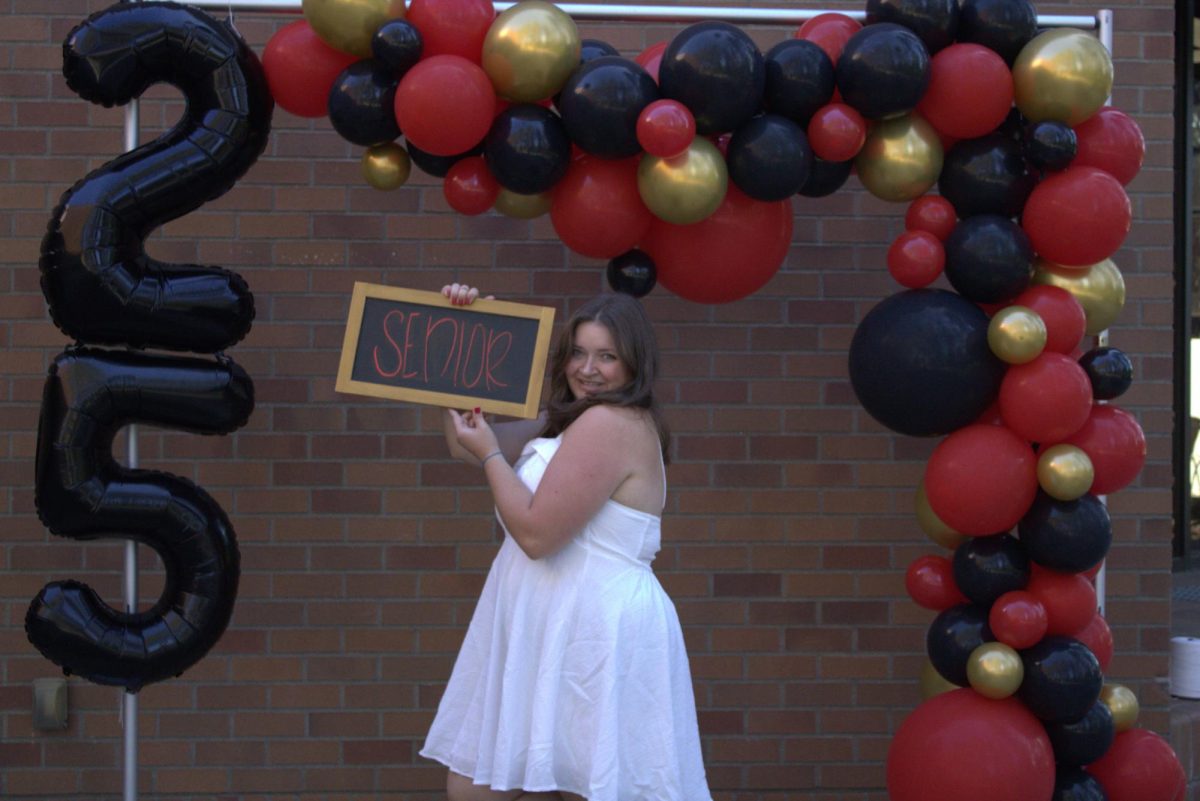
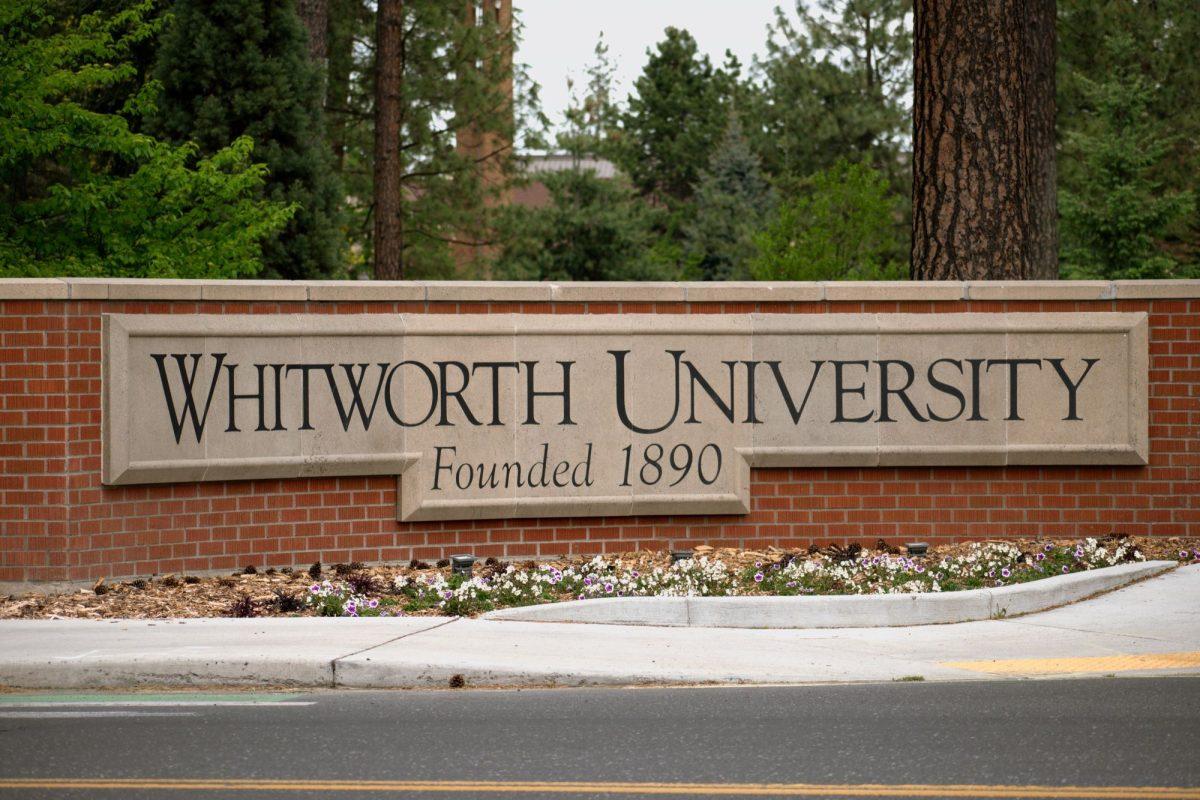

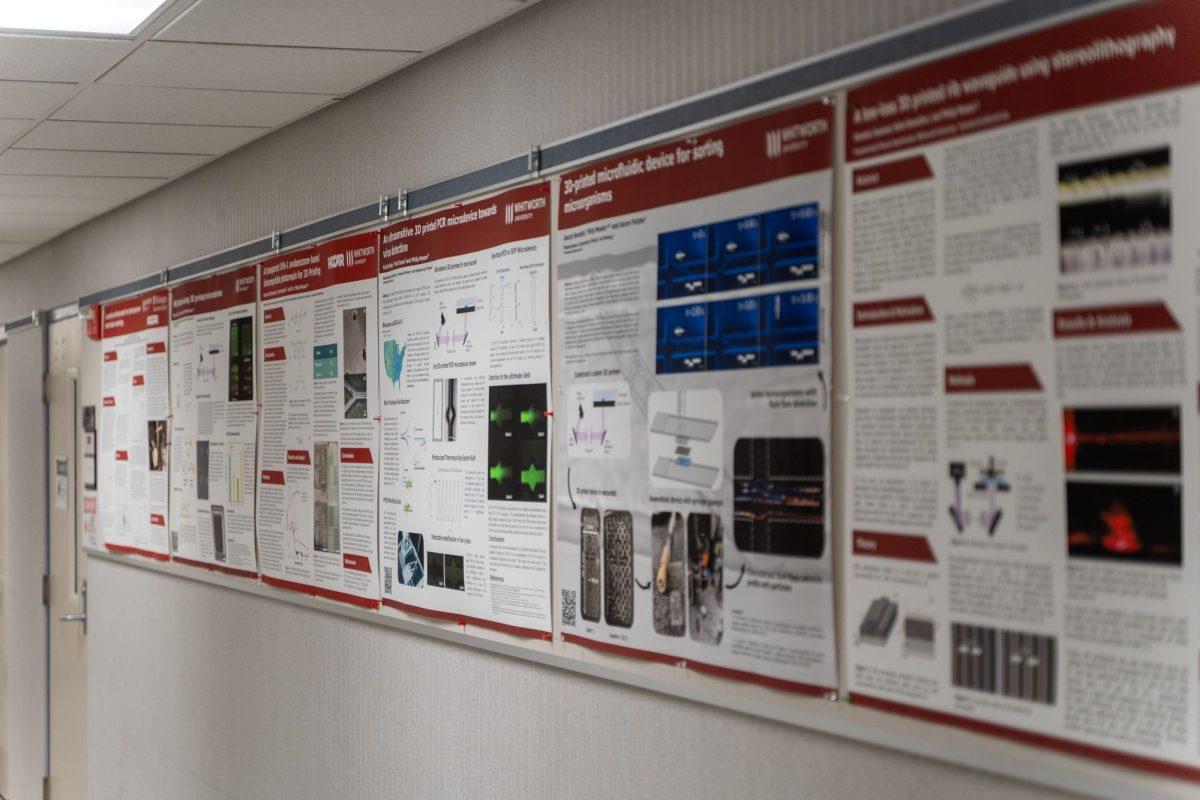
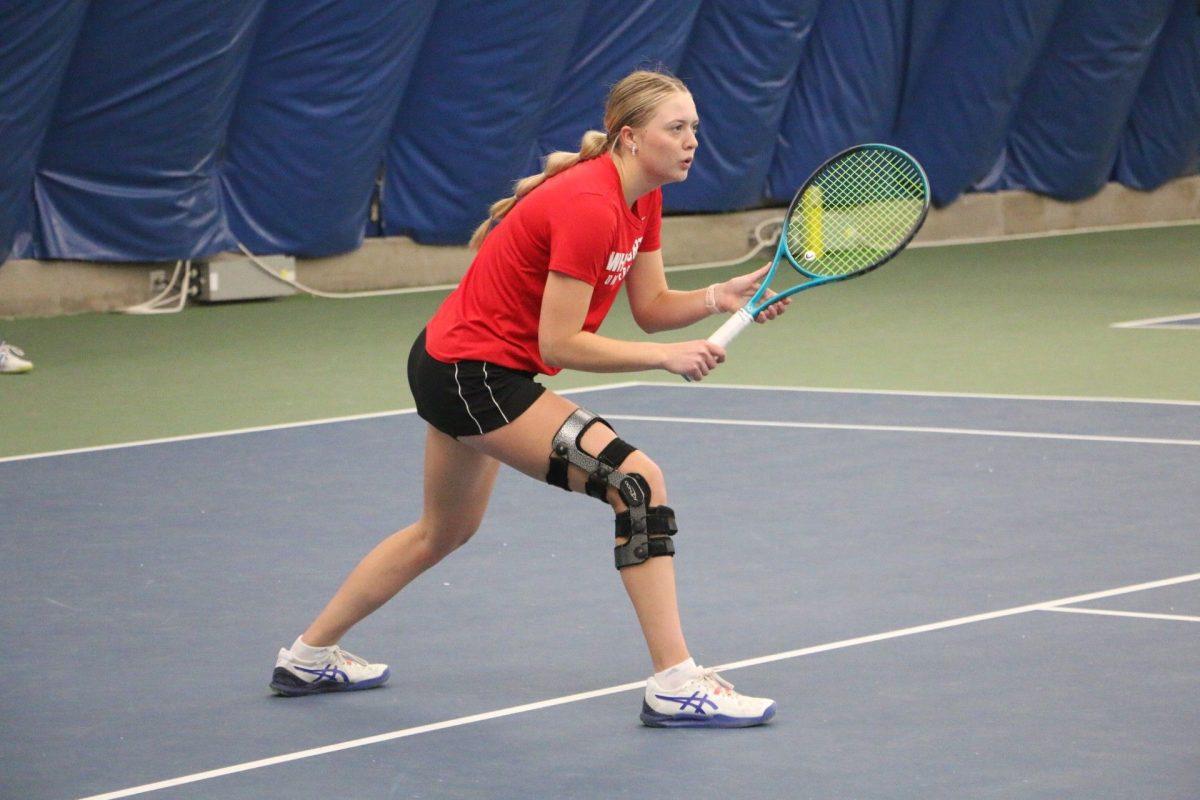
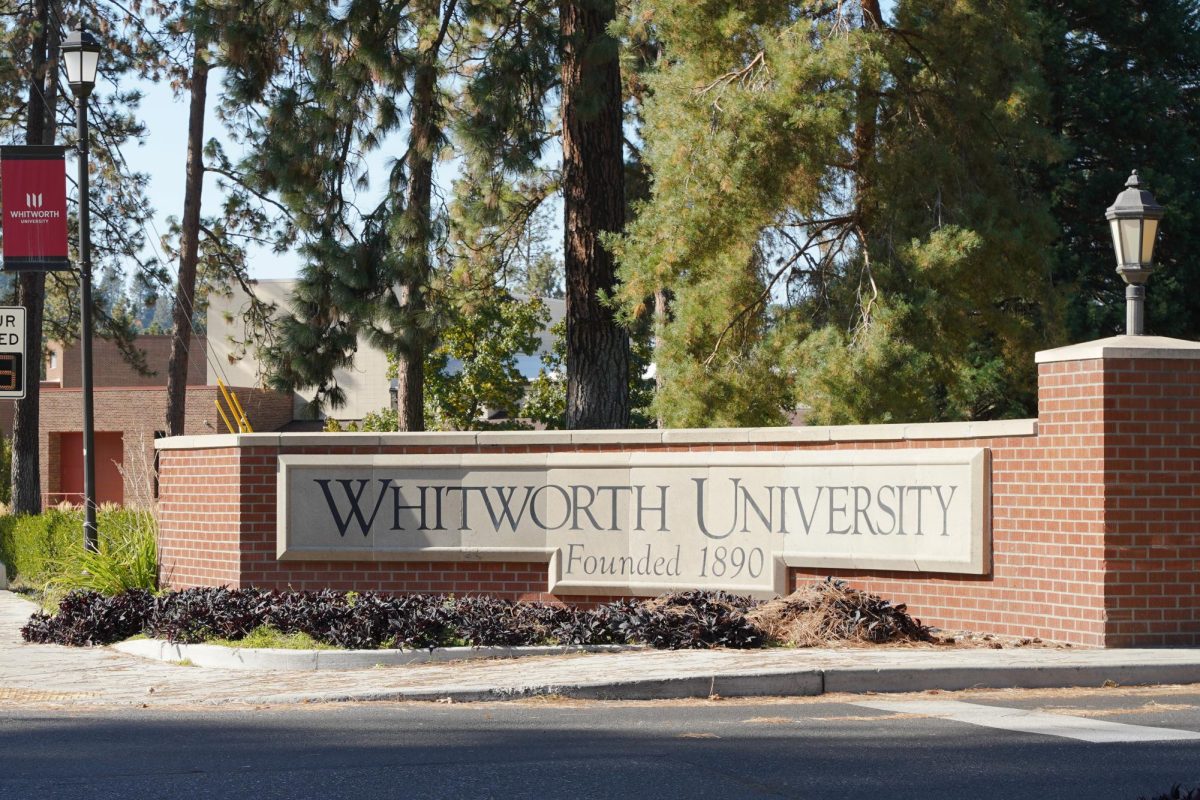
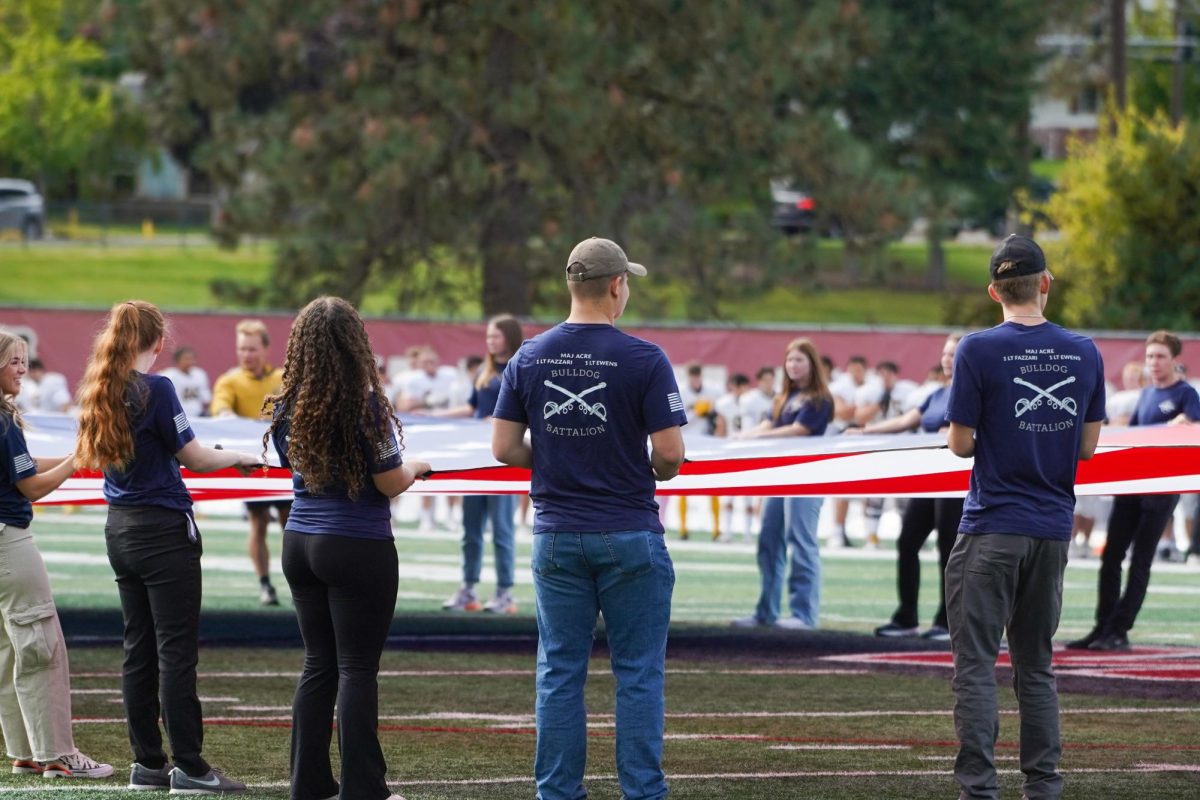
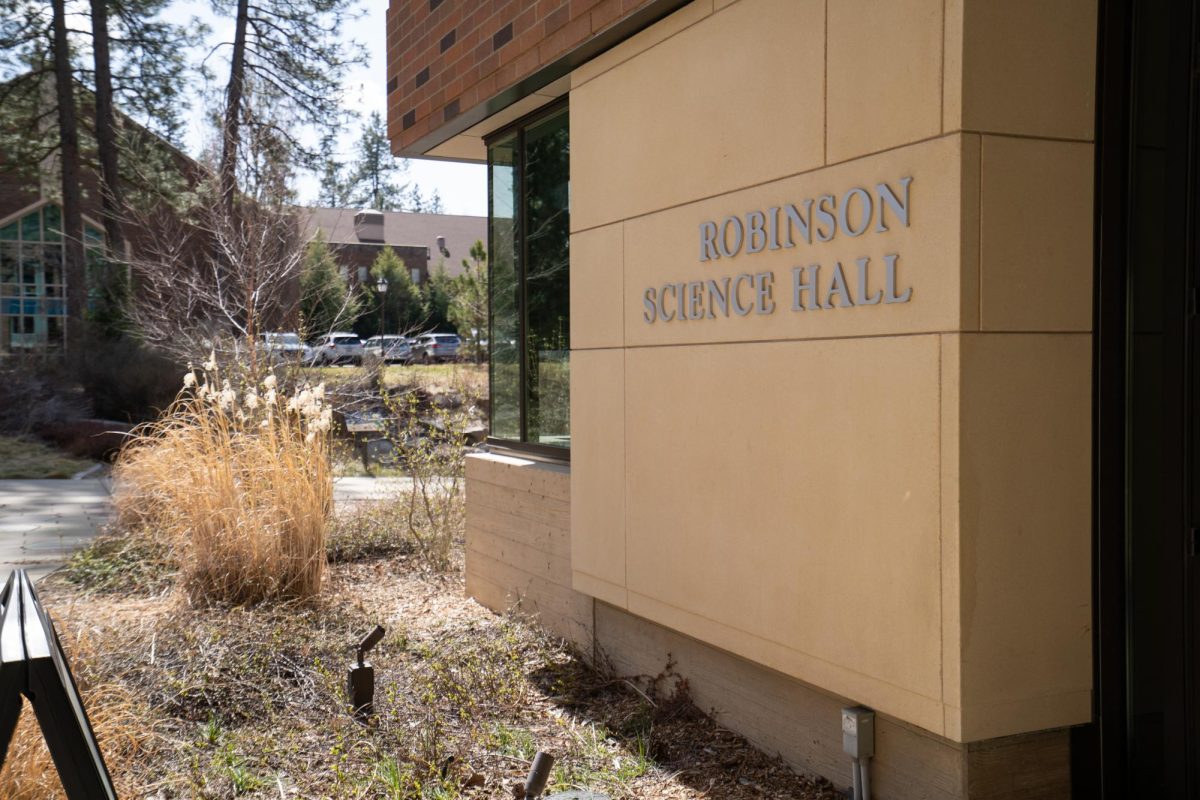

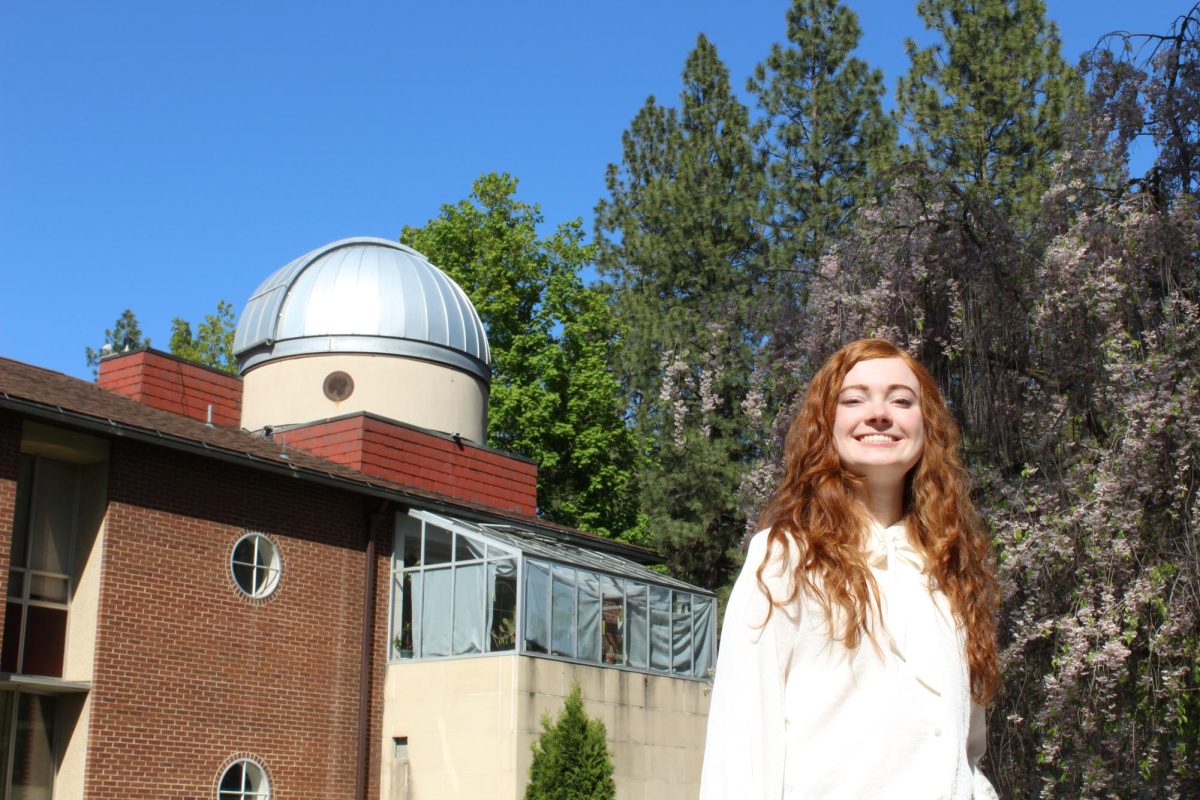
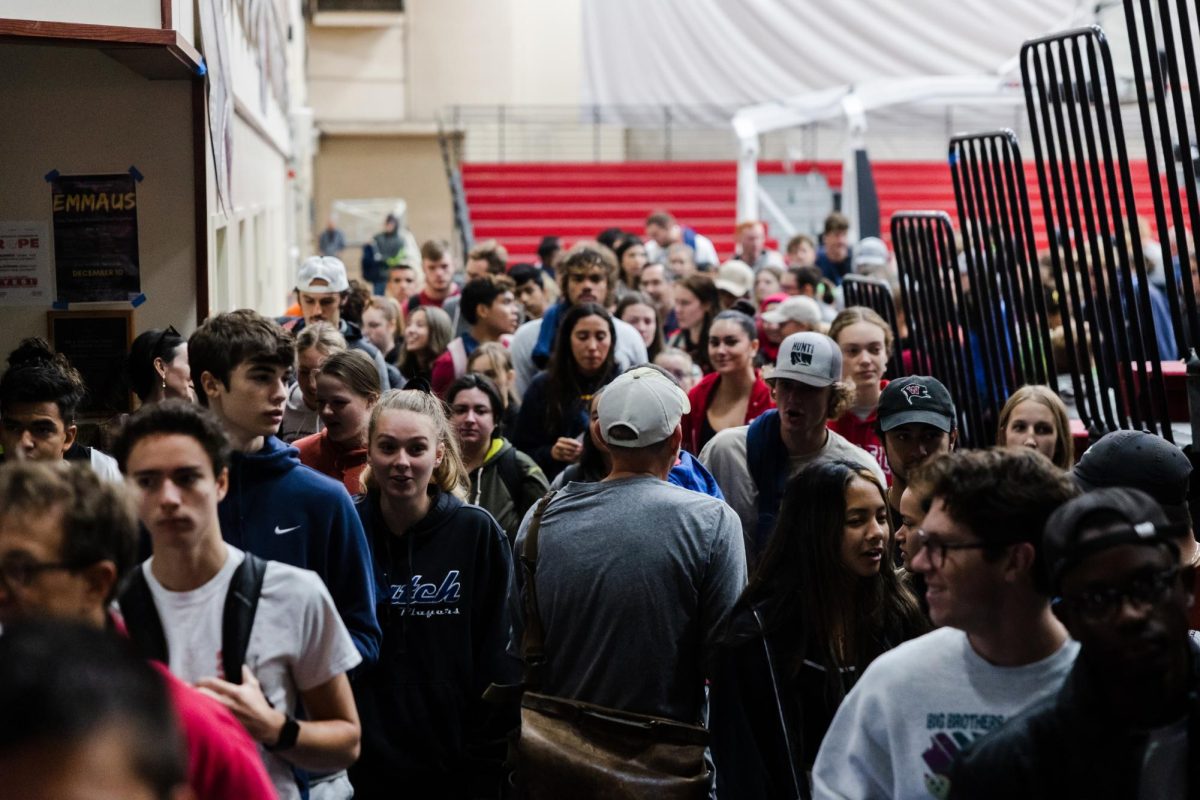
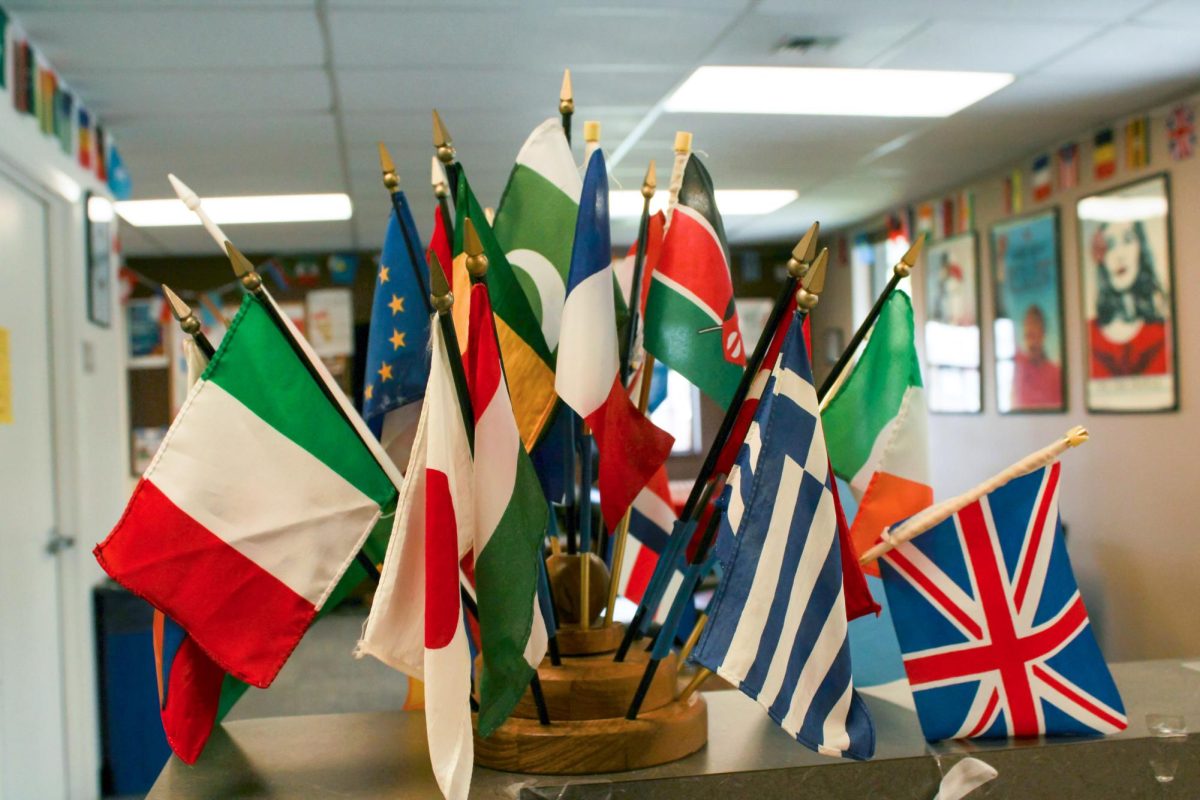

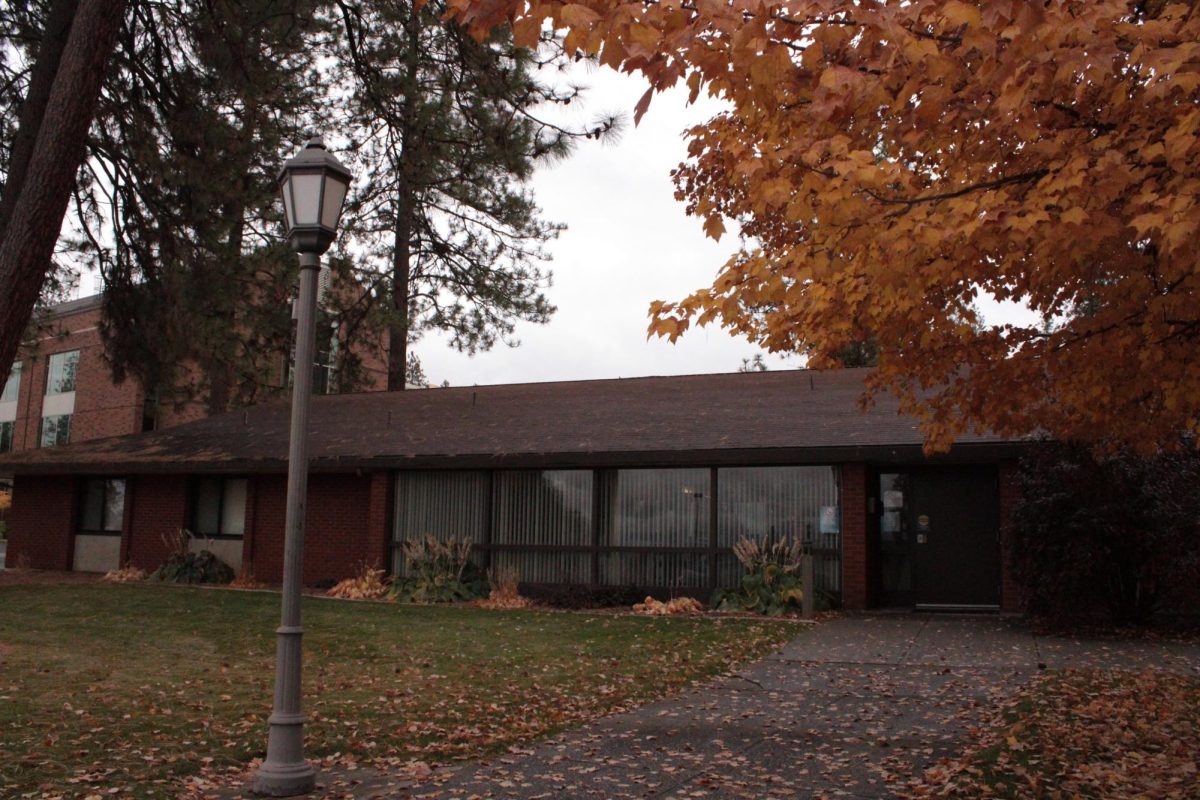
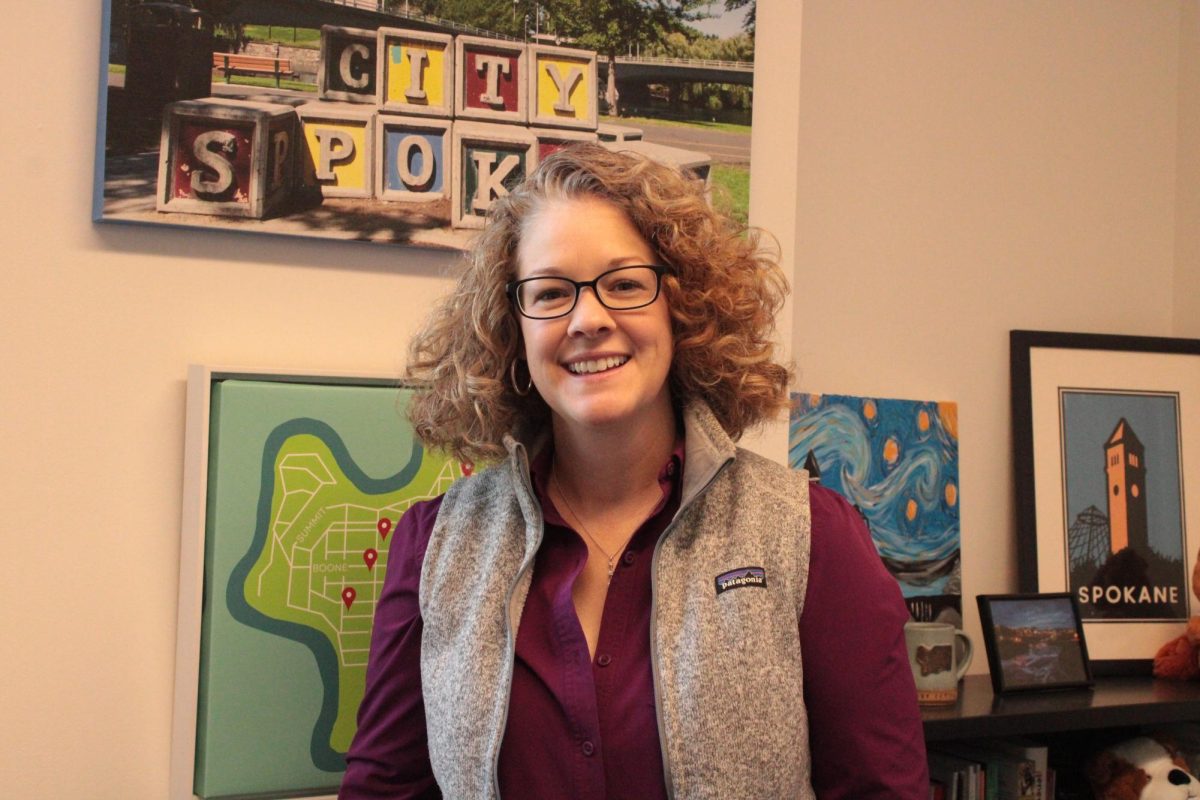
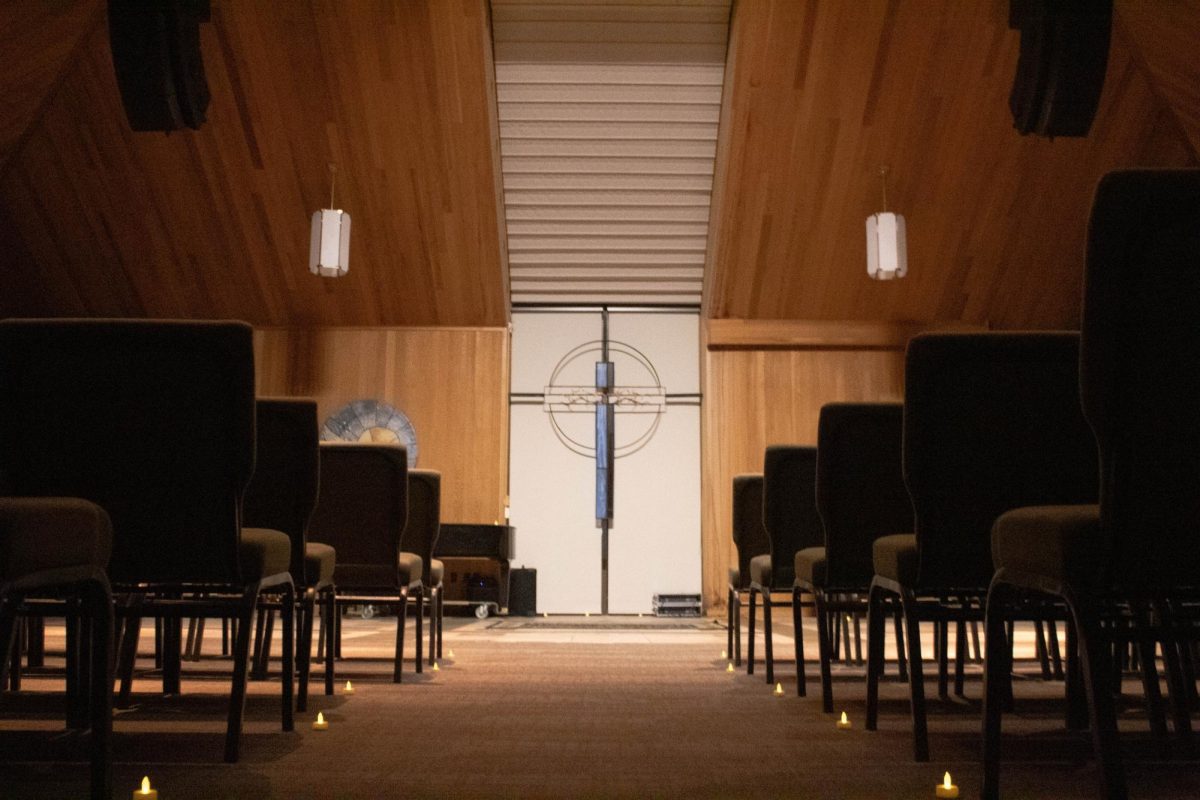

 Spokane?
Spokane?